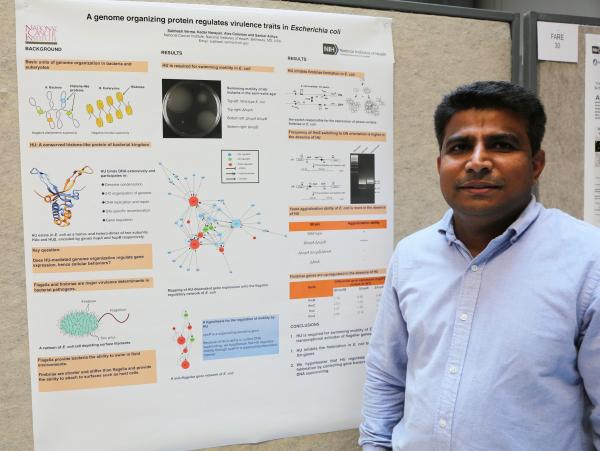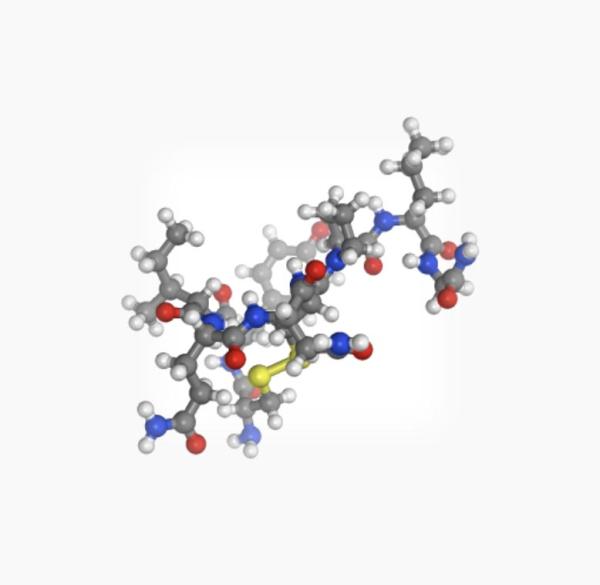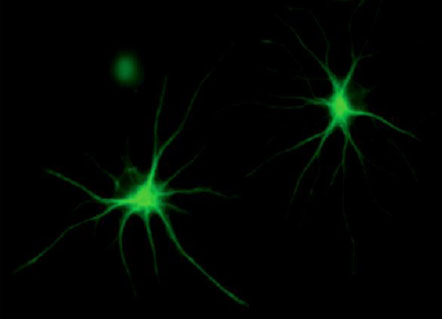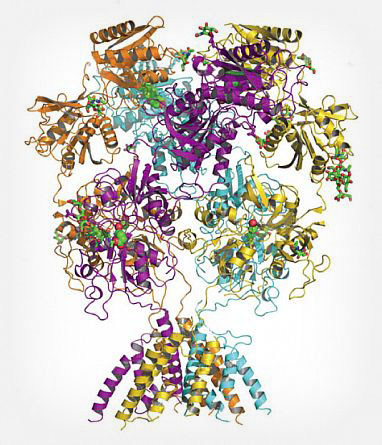Suppressing Neurons Curbs Withdrawal-Induced Pain Hypersensitivity
Insights From Mouse Study Could Aid Treatment for Opioid Use Disorder
A headache or stubbed toe is annoying enough as it is, but for people in recovery from opioid use disorder, everyday aches and pains — and even sensations that would ordinarily not be painful at all — can be amped up to the point that they become quite distressing. A new IRP mouse study has helped scientists home in on the specific brain cells that might cause this phenomenon, providing a first step towards an intervention that could make it easier for people to stop using addictive opioid medications or illegal drugs like heroin.










